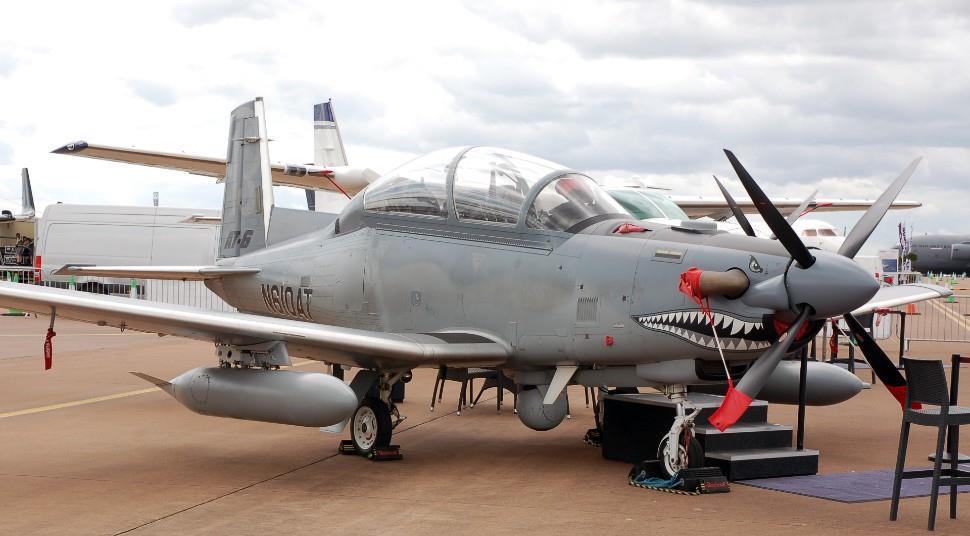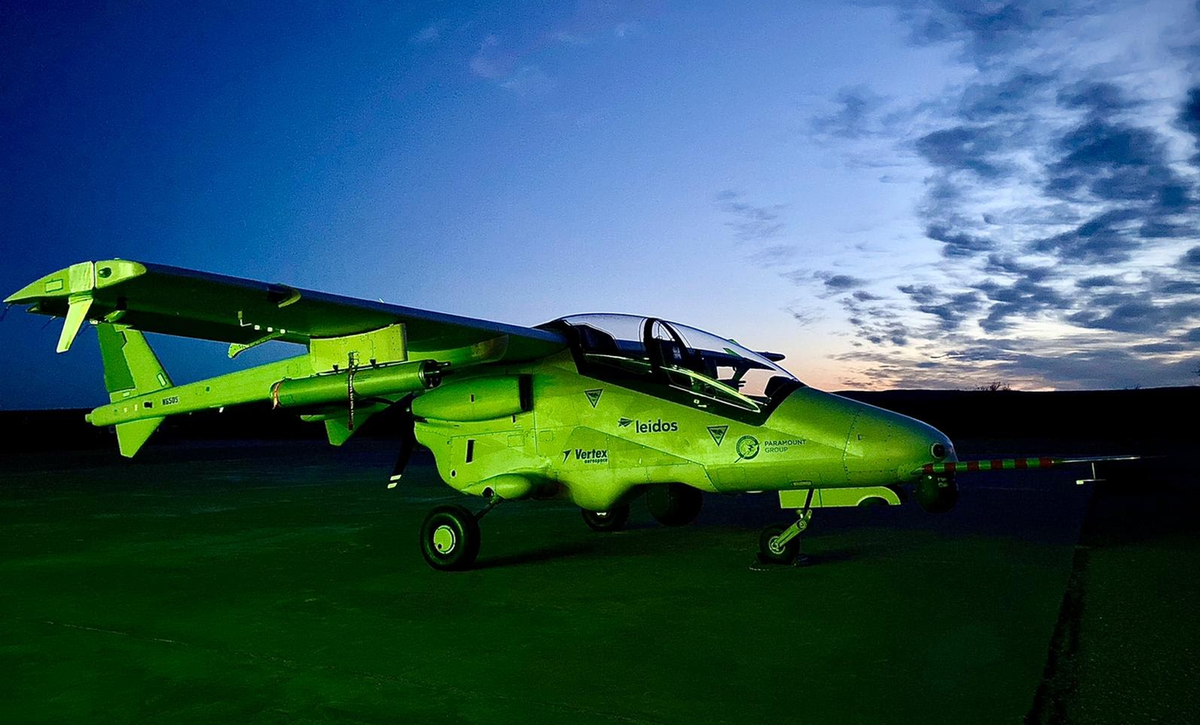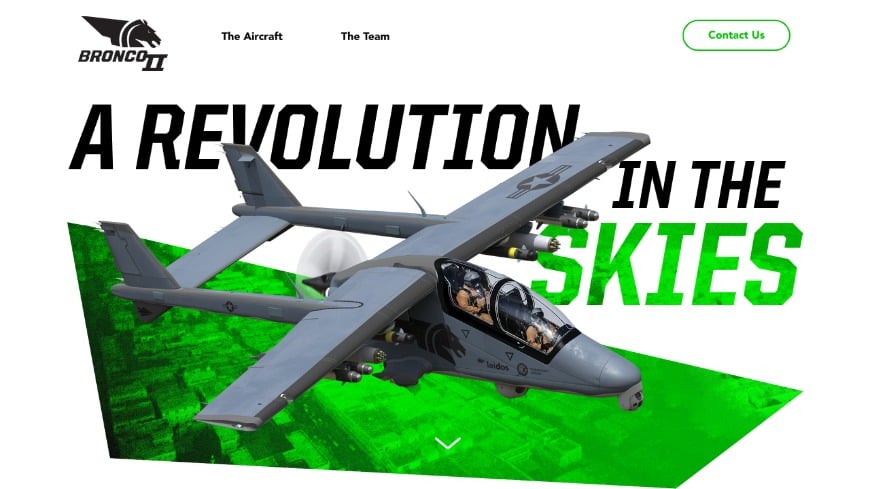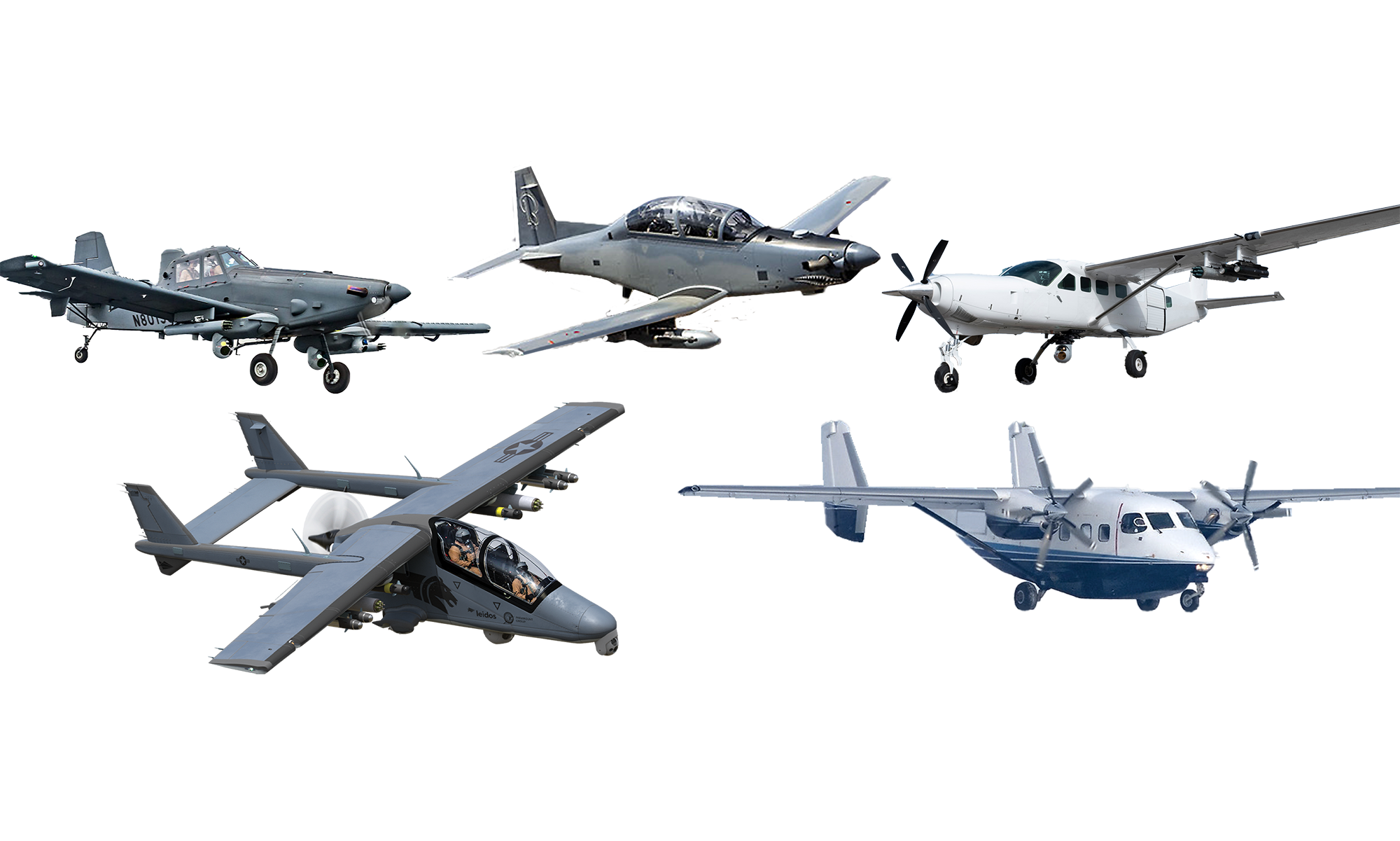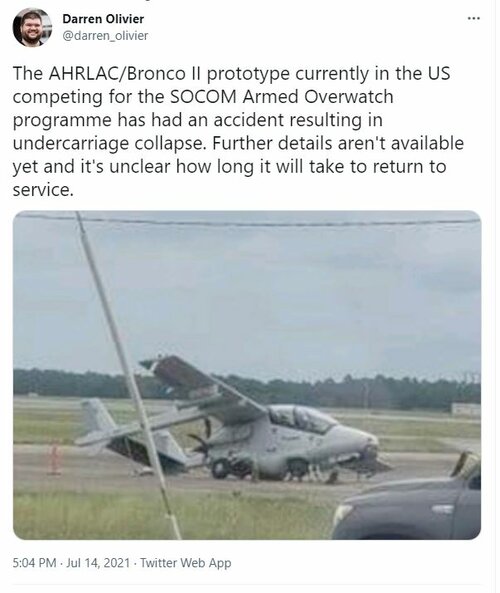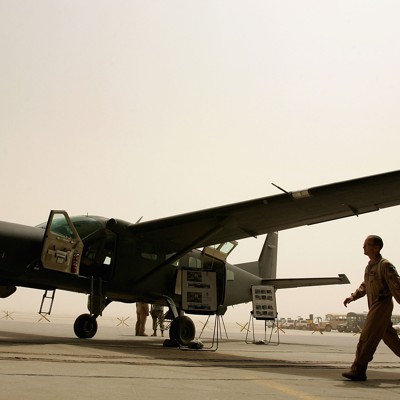_Del_
I really should change my personal text... Or not.
- Joined
- 4 January 2012
- Messages
- 1,315
- Reaction score
- 1,812
sferrin said:_Del_ said:Even if you load out with APKWS,Brimstones and other small missiles, a higher payload enables you to strike more targets per sortie by carrying more weapons. If endurance is equal between two platforms, an eight-hour patrol by a Texan is cut short after he expends his loadout. Then he spends more time in transit back and forth and off-target. While the Reaper stays on station with extra weapons still on pylons before a Winchester call. It can also take them on station farther away because it has longer legs/endurance. And it barely, if ever makes the news when they lose one. A Texan seems like an unnecessary redundancy.
The Texan doesn't go TU when the com. link goes down.
Not an insignificant point. Does that mean we should look to small, less-capable turoprops, or can we also we look for something more capable that has some or most of the qualities of the Reaper we want/need that is manned and not vulnerable to that one specific weakness? Also, does this completely outweigh the fact that you could lose a dozen Reapers in a single day and it would barely make it to the back page, while the first time a Texan/STucano is lost to enemy action it will involve loss of life and/or an effort intensive CSAR diverting assets and be front page news and seen all over the nightly news?
I think you still need human eyes up there. I just don't see much capability (speed, payload, range, endurance) in the smaller turboprops that would justify a purchase given the multitude of other options.

